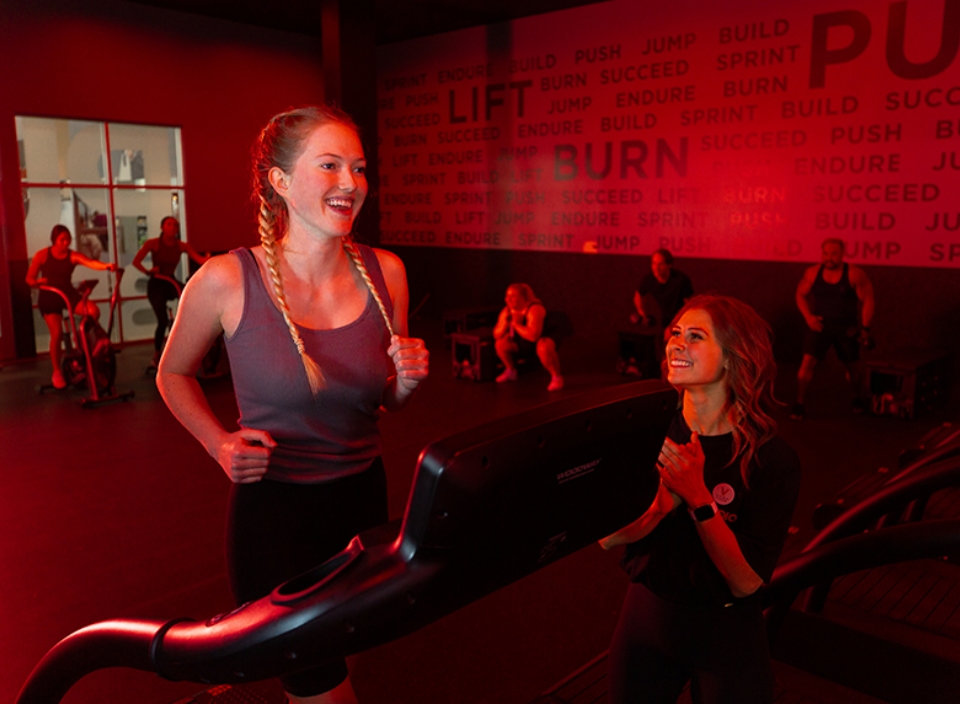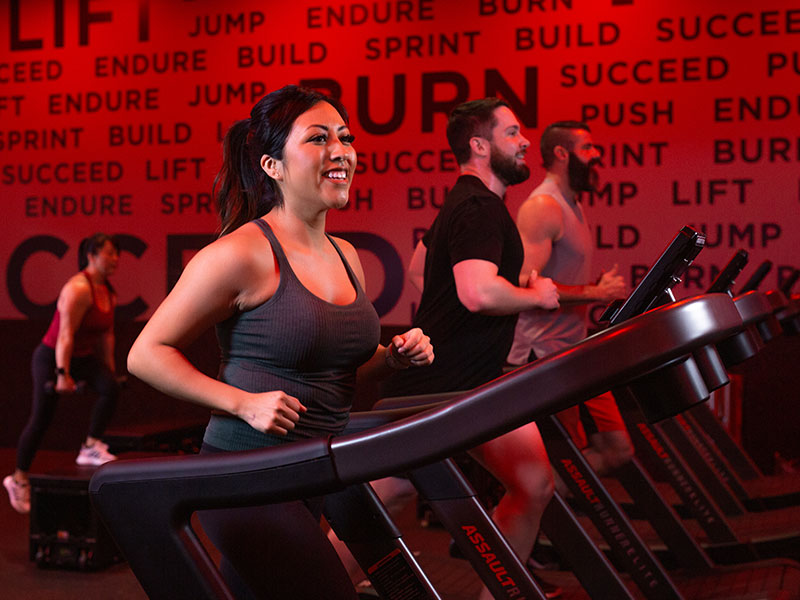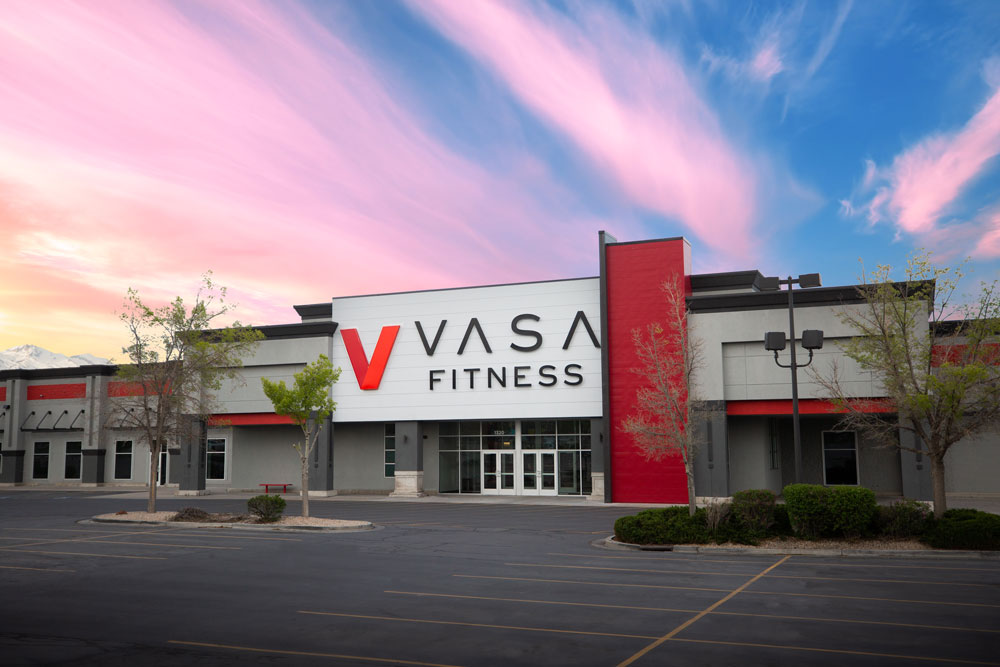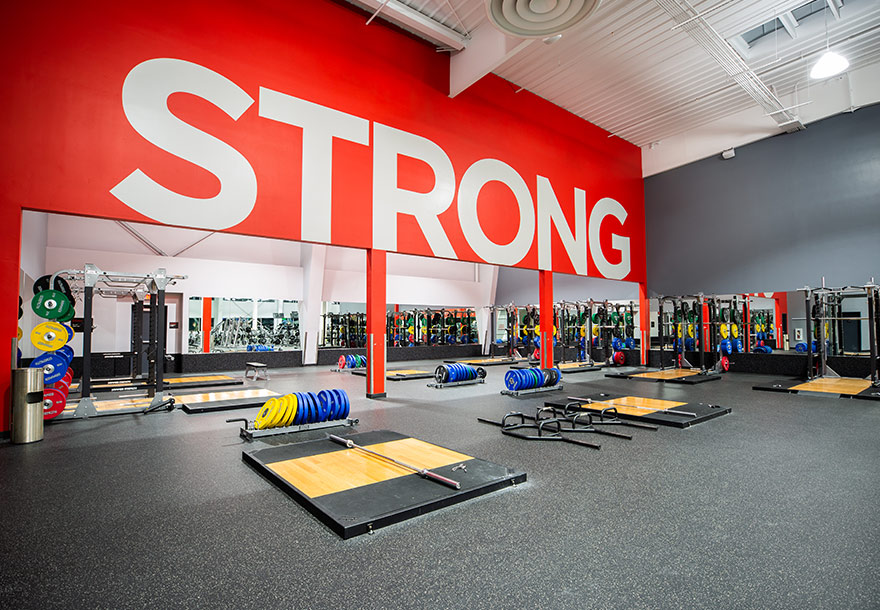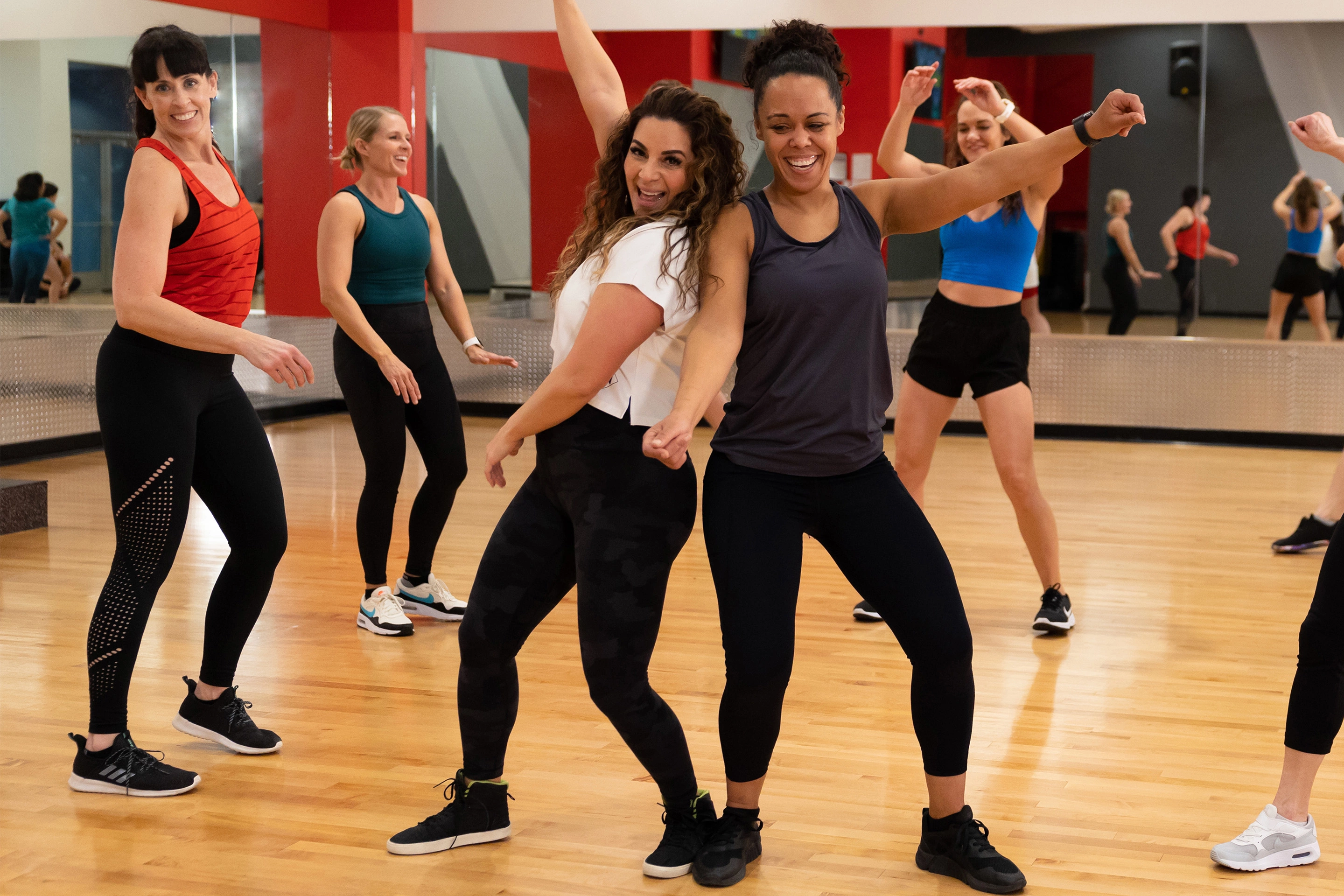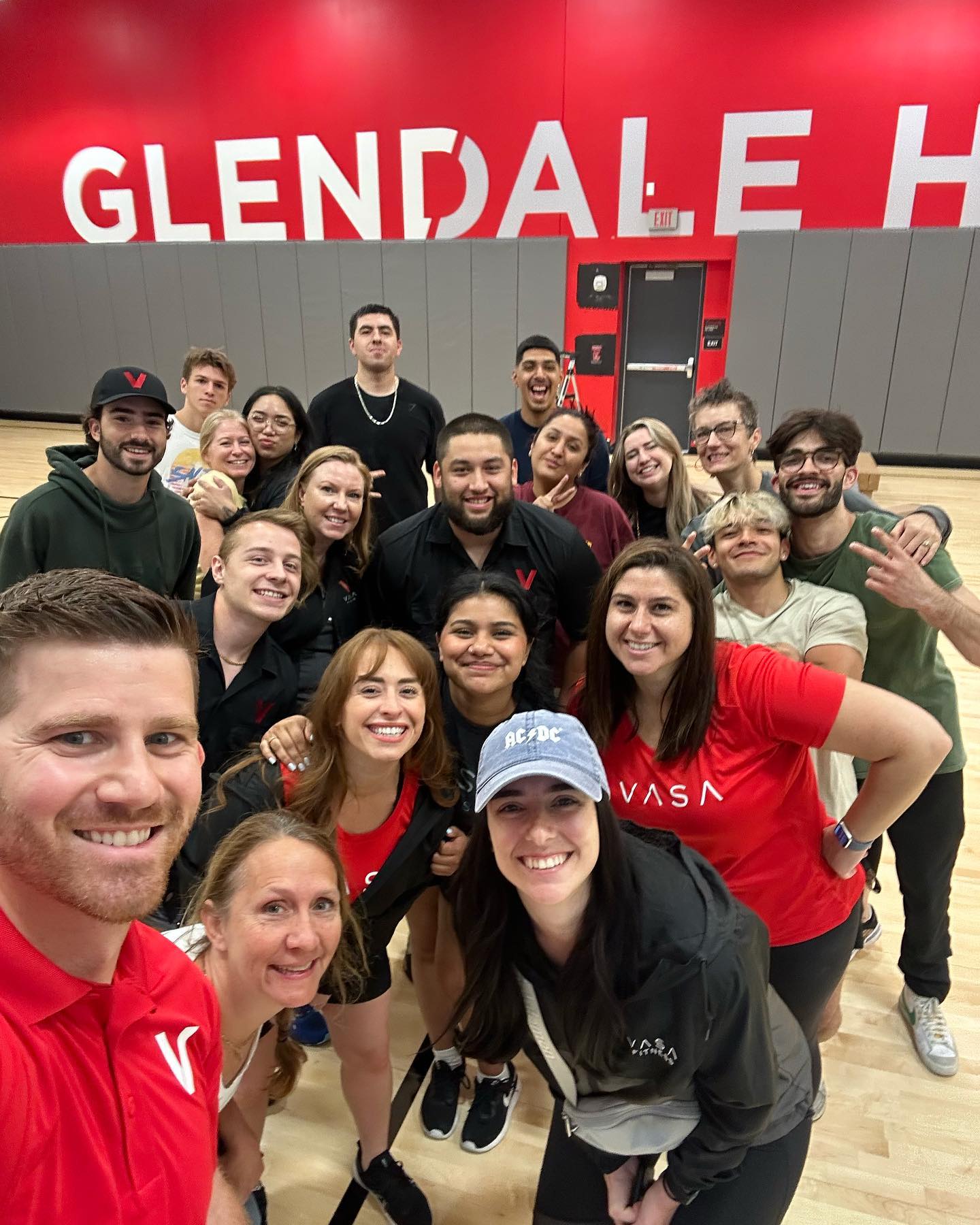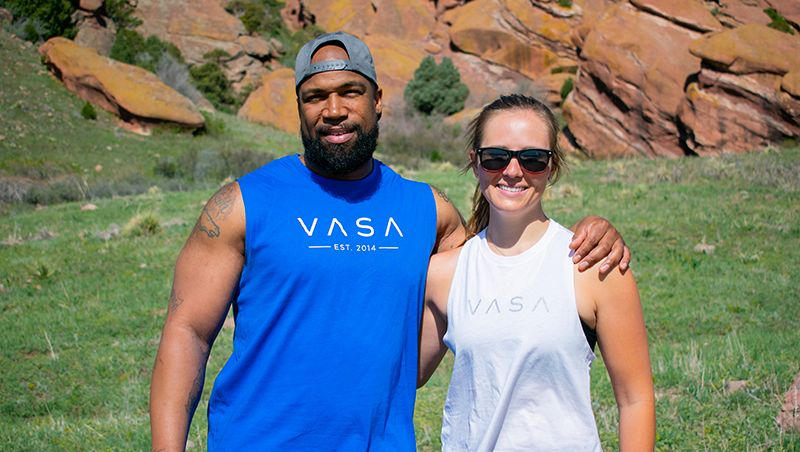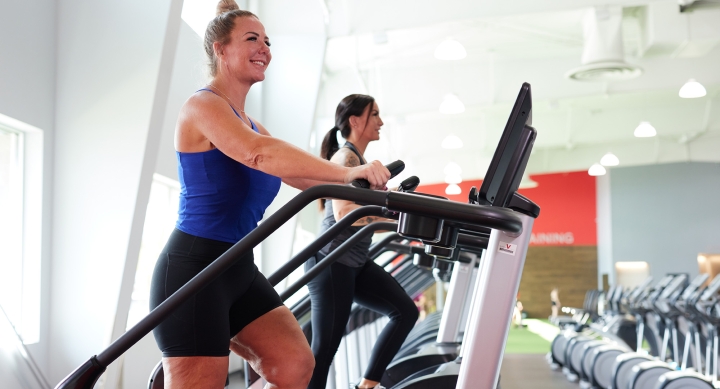How to Pick the Right Exercises for Your Fitness Level
Let’s face it, we’re all busy, so making time to get healthier and improve our fitness isn’t always a priority. But if you’re serious about getting fitter, follow these simple steps to get started. Progressing your workouts over time will help you transition from beginner workouts to more advanced routines and will become easy to maintain an active lifestyle for the long term.
SET GOALS
Setting goals, having a deadline, and creating a process make achieving goals relatively simple. Whether it’s running your neighborhood 5k or gaining strength and decreasing fat, setting an intention for your training will help keep you progressing when motivation begins to wane and getting to the gym is challenging. Use the SMART acronym and set goals that are Specific, Measurable, Attainable, Relative, and Time-based. For example, “I want to run a half marathon on May 22 in less than two hours”. This goal is specific (complete a half marathon), measurable (under two hours), attainable (this is a popular feat), relative (this person likes running), and time-based (the race is on May 22).
DETERMINE YOUR FITNESS LEVEL: CARDIO
More Americans are sedentary than active throughout the day. When starting on your fitness journey, it’s important to ease into it instead of starting out too fast and with too much intensity—this can lead to burnout or injury. To understand your starting point for cardiovascular training, there are a few simple tests you can put yourself through to determine your current level of fitness.
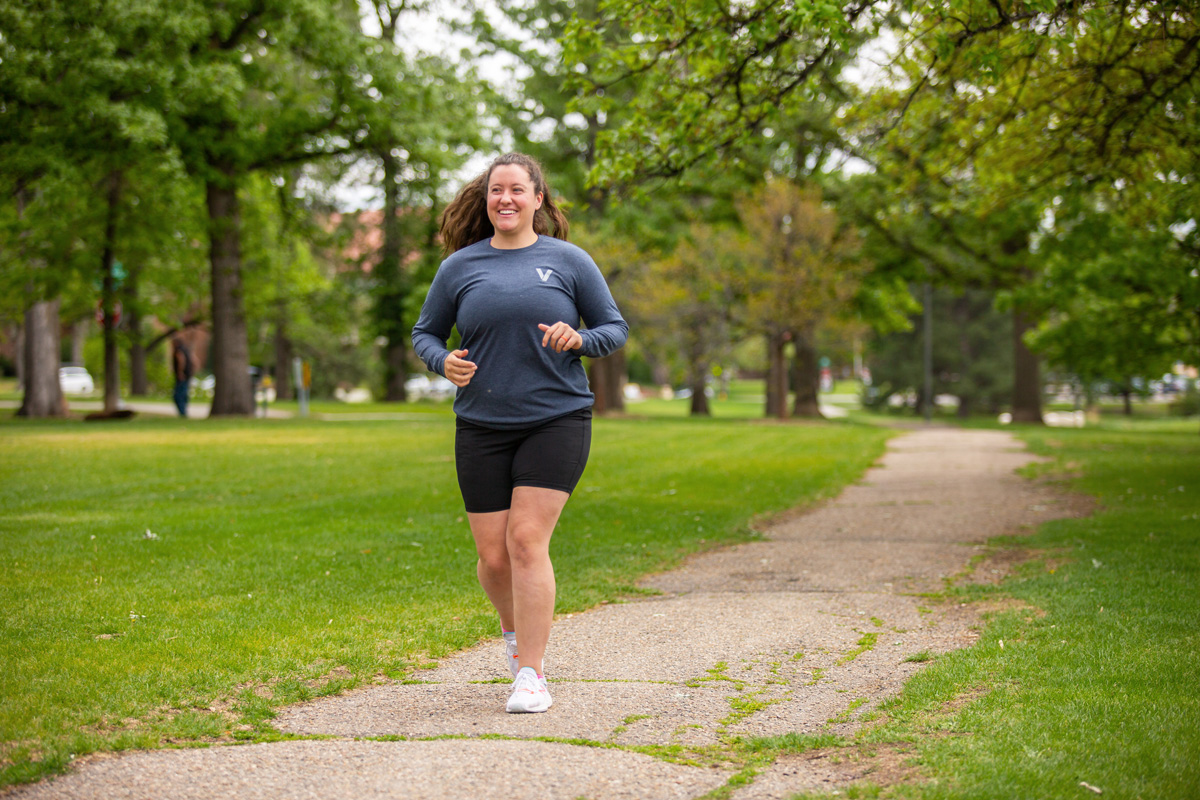
The 12-minute walk-run test is a 12-minute assessment of how much distance you can cover in 12-minutes by walking, running, or a combination of the two. Those who cover less than a mile during the time should focus on building an aerobic base over the next few months using sustained cardio work like walking and jogging at an intensity of a seven out of 10, building to 30 minutes of continuous movement at that pace. For those who cover more than one mile during the 12 minutes, you can improve your aerobic base by completing interval training, which mixes periods of challenging effort with periods of recovery.
DETERMINE YOUR FITNESS LEVEL: STRENGTH
To gauge strength, attempt the bodyweight versions of squats, lunges, pushups, and body rows. This helps determine which loaded variations of these exercises you can begin with. If 5-10 reps of each bodyweight movement can be completed with good form (thighs parallel to the ground in the squat, knee lightly touching the ground in the lunge, tight core at any angle in the push-ups and rows), then you can begin loading these movements with dumbbells and barbells.
If you have trouble getting low enough in the squat, put a box just behind you and practice gently touching it at the bottom of the squat to improve mobility. Balance can be challenging during a Lunge, so use a TRX Suspension trainer so the movement can be completed cleanly. Using machines for pushing and row movements could also be helpful if the bodyweight push-up and body row are challenging. For those just starting out, mastering your own bodyweight will help create a strong foundation to build upon so you can continue to progress and use various pieces of equipment in the gym more effectively.

CREATE A ROUTINE
Things that get scheduled get done. Making time for the gym can be challenging, but fortunately, gyms are open for long periods during the day, often from early morning to late at night. Workouts don’t have to be several hours long, even 20 minutes can be effective. Look at your calendar, schedule time to go to the gym, and determine the type of workout you want to do each day. Alternating between cardio and strength training will provide variation and help you gain full body strength. You don’t have to go to the gym every day, but if you’re only able to get in short workouts, exercising more often will help you see results. If you’re able to work out for more than 45 minutes, start off going to the gym three to four times per week and slowly increase your time or frequency after three to four weeks.
PROGRESSION
It’s important not to do the same exercises with the same weight repeatedly. Your body will become efficient at the movement, and you’ll hit a plateau. Once an exercise can be completed with a particular weight for two additional reps on the last two sets for two workouts in a row, it’s time to increase the weight. The body will adapt to what you ask it to do, so asking it to do a little more every few workouts will help you avoid the dreaded plateau and continue making improvement.
The other way to progress your workouts is to slightly change the exercises you’re doing. Once bodyweight squats become easy or you get bored with them, move to a kettlebell goblet squat, which is the same movement pattern but is now done with a weight, causing you to engage your core and challenge the legs. A few examples of advancing the basics are listed below:
- Hinge: KB Romanian Deadlift > Elevated Kettlebell Deadlift > Kickstand Kettlebell Romanian Deadlift > Trap Bar Deadlift
- Pull: Band Face Pull > TRX Row > Single Arm Band Row > 3pt Dumbbell/Kettlebell Row
- Lunge: Narrow Stagger Stance Hold > TRX Split Squat > TRX Reverse Lunge > Dumbbell Split Squat > Dumbbell Reverse Lunge > Walking Lunge
- Push: Incline Push Up > TRX Push Up > Dumbbell Bench Press > Incline Dumbbell Bench Press
- Squat: Squat to a Box > TRX Squat > Sit to Stand > Goblet Sit to Stand > Goblet Squat > Barbell Front Squat

The key to getting started on your fitness journey is making a plan and acting on it. Your plan should include your goals, current fitness levels for both cardio and strength, and scheduling workouts into your calendar. Once a routine is established, progressing your workouts to better meet your needs will also help you stay motivated. If planning or creating a workout routine isn’t something you’re comfortable with, VASA has certified Personal Trainers who will help you come up a plan to meet your goals, create your workouts, and encourage you along the way. Our Personal Trainers will also provide you with the best exercises to start with and teach you how to progress your workouts over time so you never hit a plateau. And if you’re short on time and enjoy working out in a group setting, VASA’s STUDIO RED HIIT classes are led by certified coaches who are there to motivate you and keep you safe through a workout that includes both strength and cardio. However, you choose to exercise, find something you love and continue challenging yourself!
SUBSCRIBE TO OUR BLOG
Enter your email to start receiving our blog emails!
